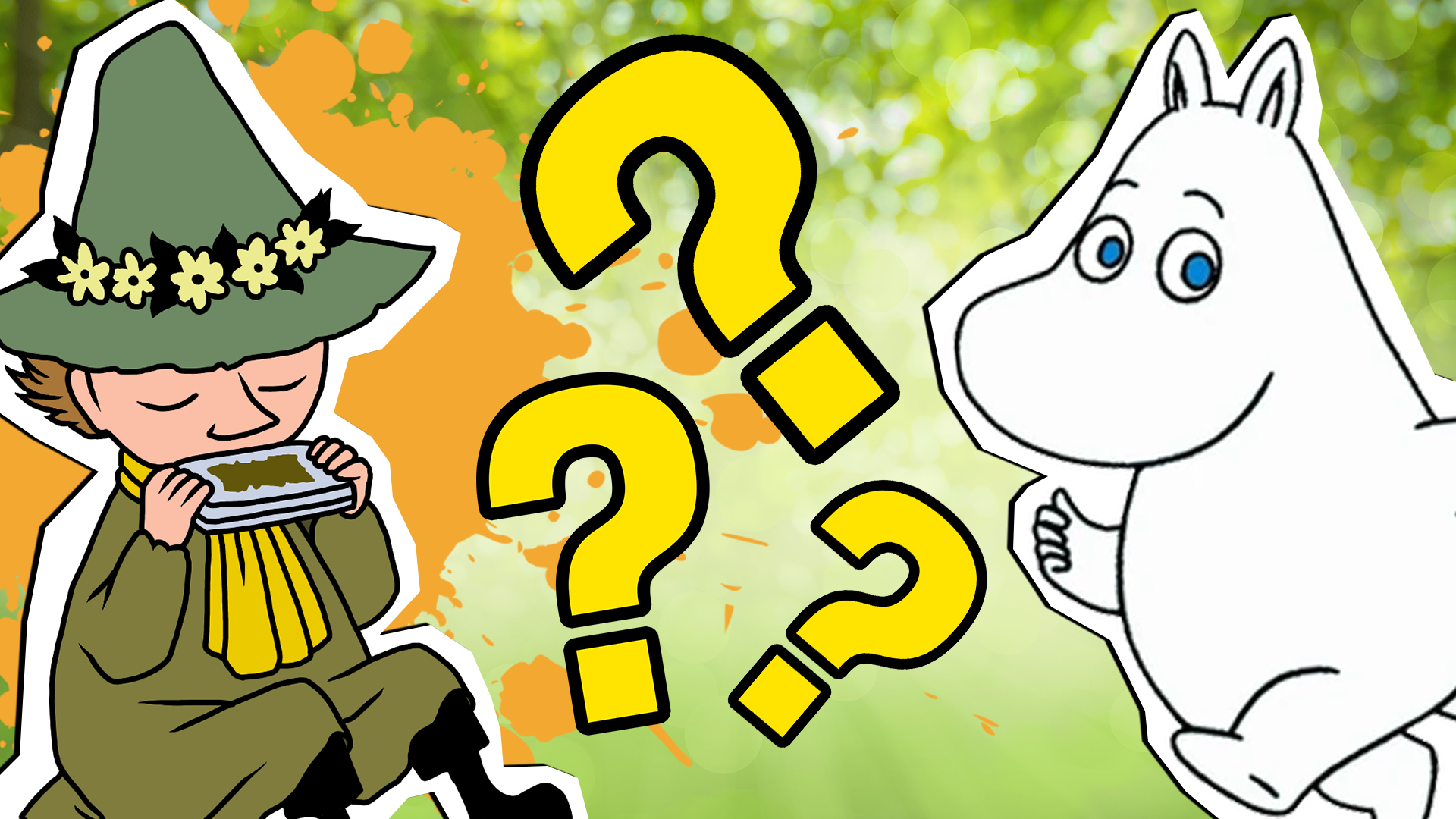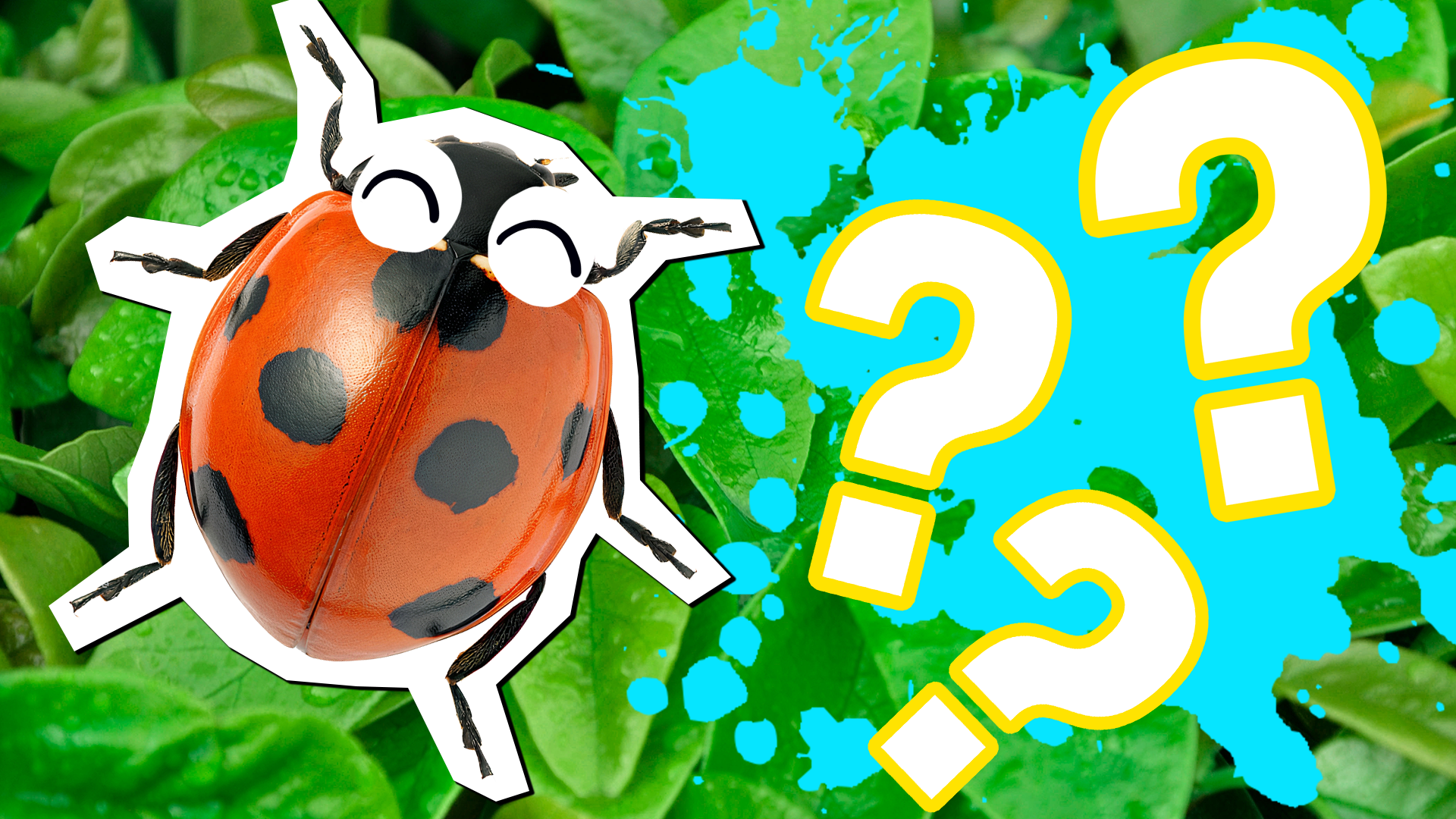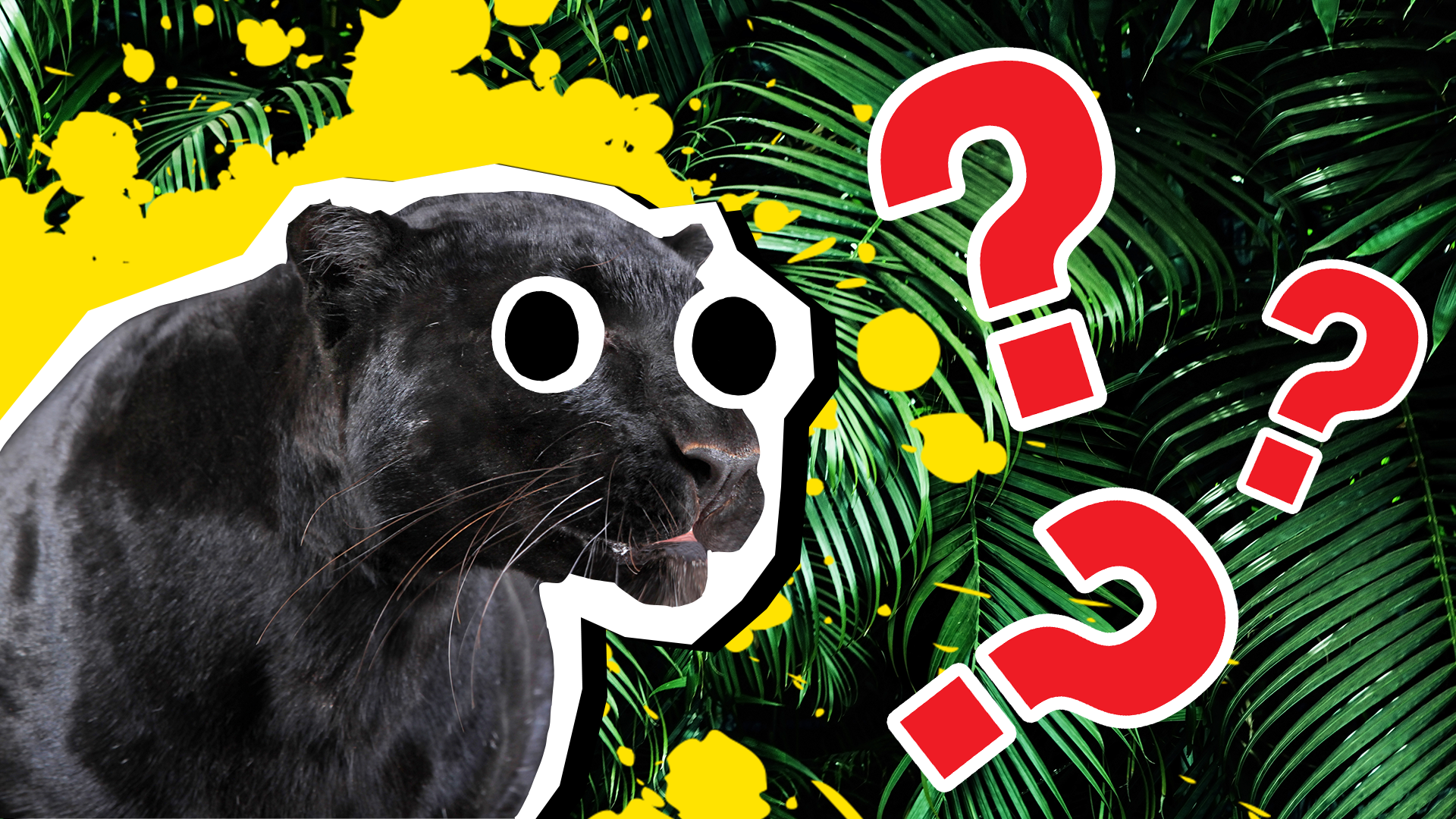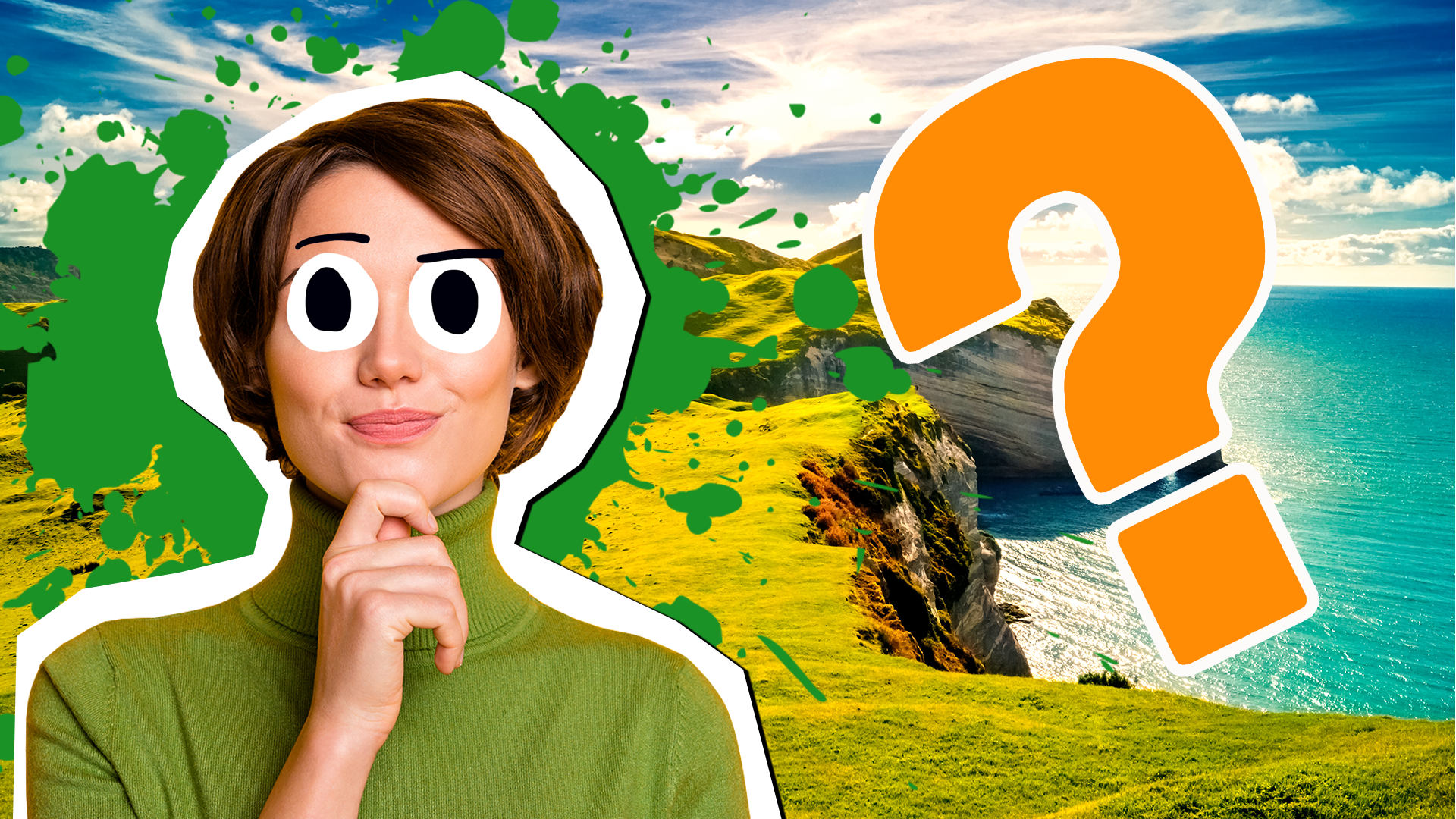9 St Patrick's Day Facts to Shamrock Your World!
You won't be green about the history of the holiday when you're done with these fun facts! Learn all about the man, the myth, and the weird ways we celebrate St. Patrick's Day!
St. Patrick's Day is coming up, and it's always a great excuse to celebrate no matter where you live! But, as is always the case with saints' days, there is a whole lot of history and culture you might not know about! Get ready to learn all about St. Patrick himself, as well as why it's celebrated all over the world - and the crazy thing that the city of Chicago does to honour the occasion! And we've got more Ireland-based fun for you when you're through! Learn all about Ireland and see if you can name its counties, then have a proper laugh with some St. Patrick's Day jokes!
1. It's on March 17th

Unlike some holidays that move around each year, like Easter, St. Patrick's Day is always celebrated on March 17th! This is believed to be the date that St. Patrick died - more on him later!
2. It celebrates Ireland, and one Irish person in particular
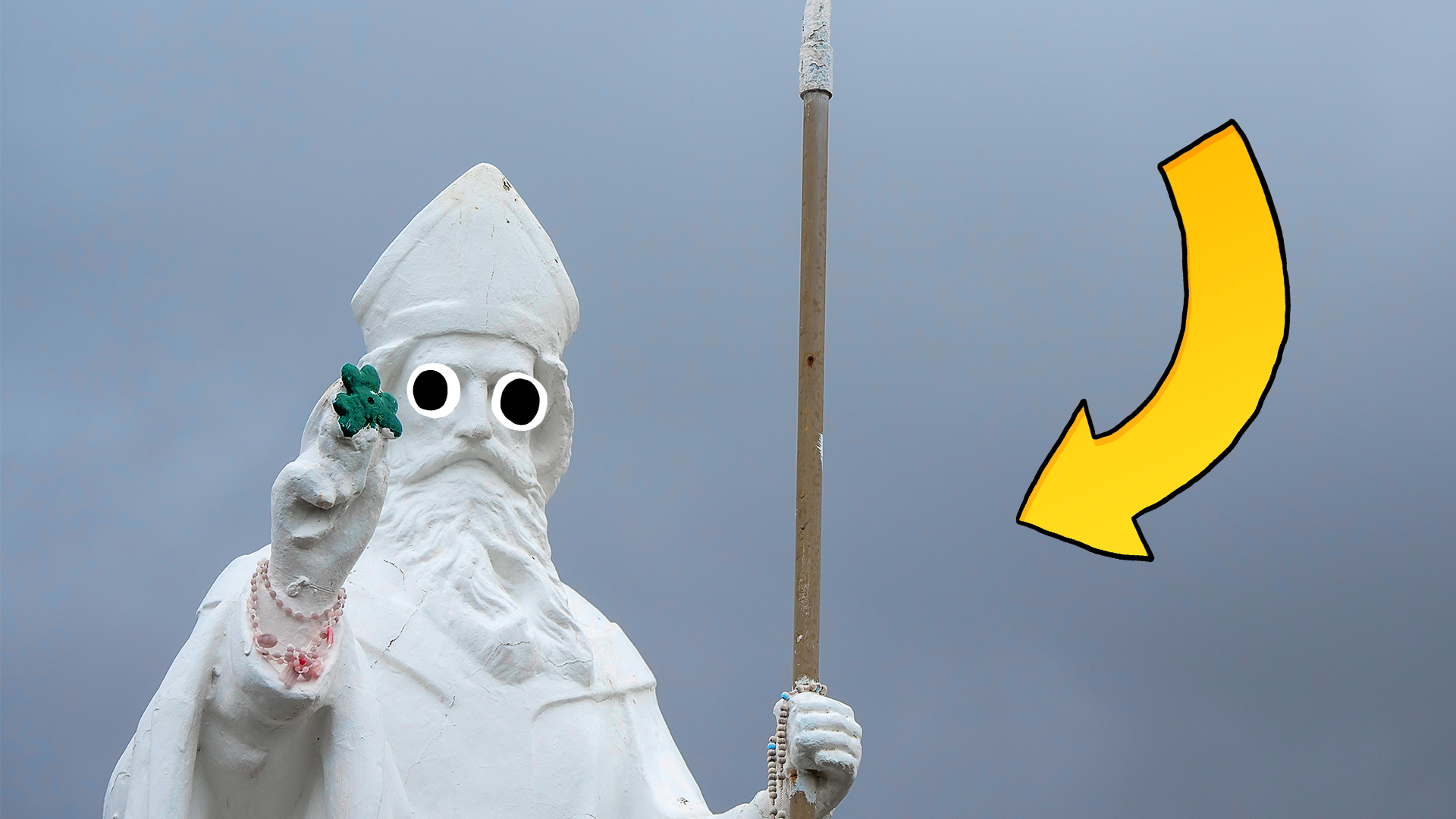
St. Patrick is the patron saint of Ireland, so the day is named in his honour. St. Patrick was a bishop who lived from around 389 to 461 AD, which history buffs will know is towards the end of the Roman Empire. He is credited with converting most of Ireland to Christianity, though he wasn't the first missionary sent there. A missionary is someone who travels to another region or country to spread their own religion to the people who live there. According to his autobiography, St Patrick baptised thousands of Irish people, including royalty and tribal chieftains.
3. ...but St. Patrick was not originally from Ireland!

It is believed that St. Patrick was born in the UKat a time when the country was still under Roman occupation. Historians disagree where exactly, some placing him in Wales and others in England and even Scotland. At the age of 16, he was captured by Irish pirates and brought to Ireland as a slave! He worked for six years, and then decided to enter the Christian church. He studied in France, and then returned to Ireland to work as a Christian missionary.
4. Ever wondered why there are no snakes in Ireland?
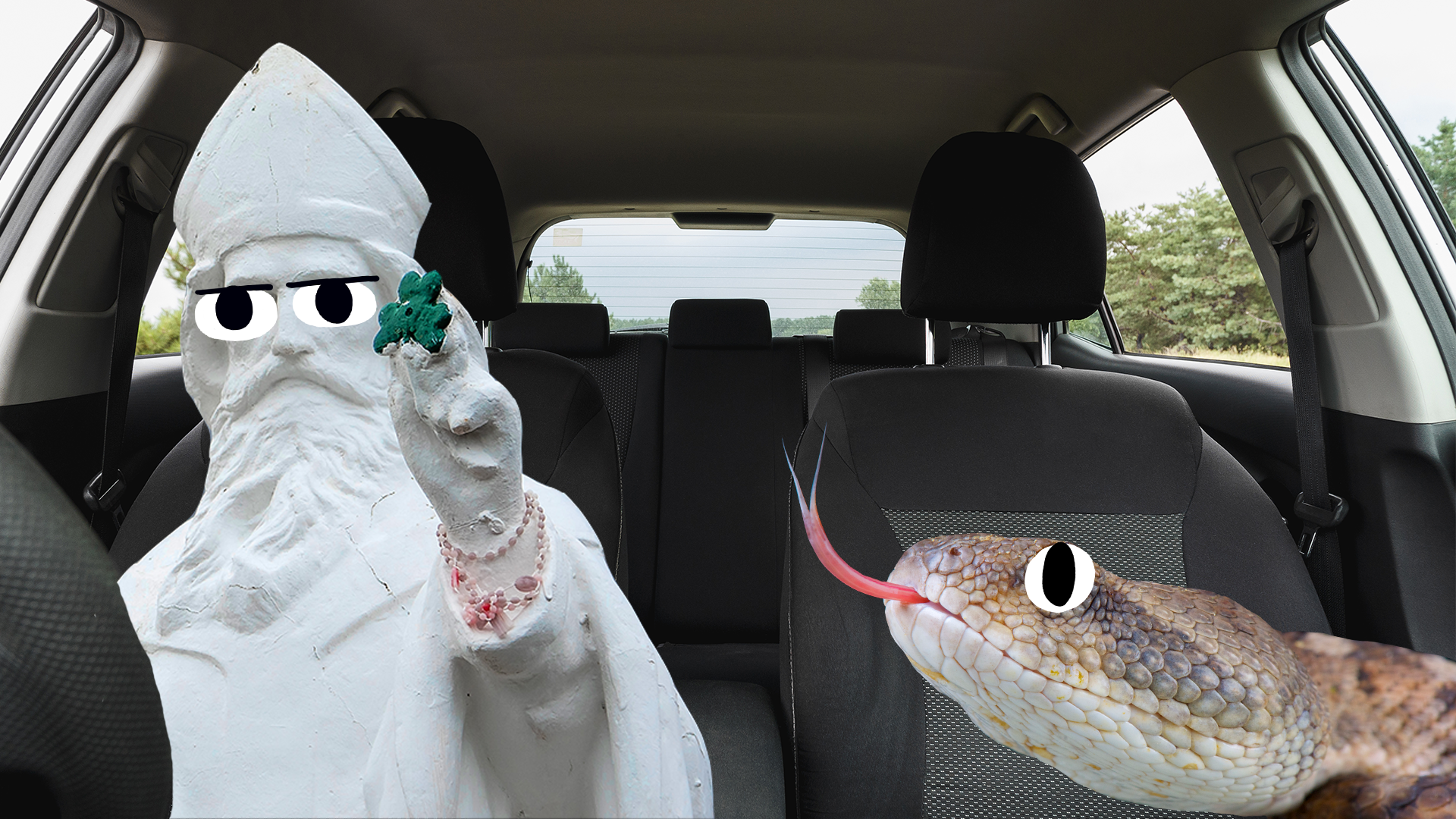
St. Patrick's most famous deed is driving all snakes from Ireland - but it's likely that there were never any in the first place, because they never crossed the glacial bridge into the country during the Ice Age!
5. St. Patrick is associated with the shamrock
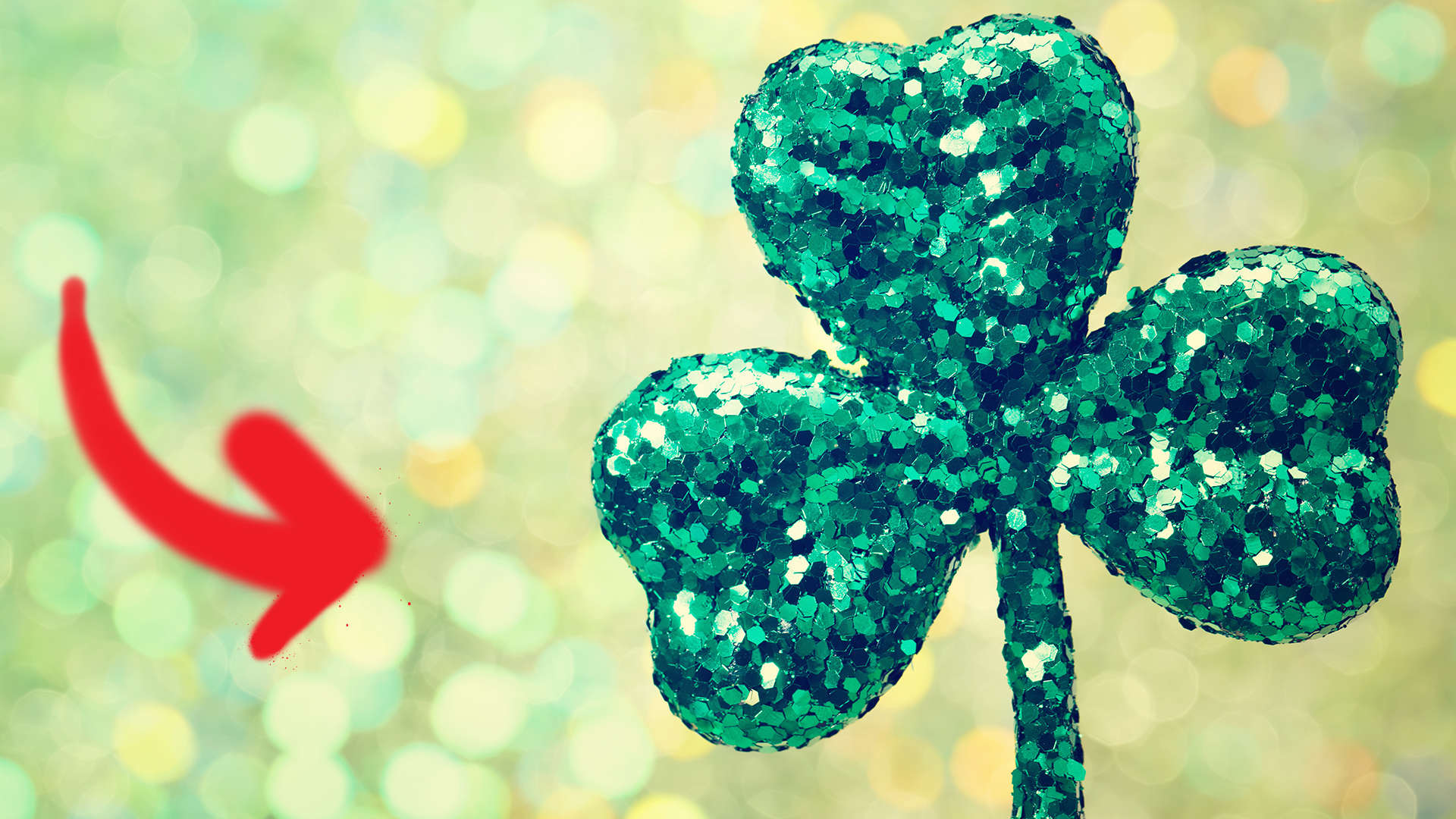
Legend says that St. Patrick used a shamrock (the three-leafed clover you'll commonly find in patches of grass) to teach the Christian doctrine of the Holy Trinity - that is, that God exists in three forms as the Father, the Son and the Holy Spirit. This isn't a verified fact, with records of the story only going back to the 1700s, but it's certainly possible that he might have done this! The shamrock is used as a symbol of Ireland, and the four-leafed clover (a rare variation or mutation of the three-leafed clover) is said to bring good luck! You'll see four-leafed clovers everywhere on St. Patrick's Day - and we mean everywhere! This is because...
6. St. Patrick's Day is celebrated internationally

Some feast days of patron saints tend to only be celebrated in the country the saint represents - but not St. Patrick's Day! It is celebrated in more countries than any other festival, including the UK, the USA, Australia, Canada, Brazil, Australia, New Zealand, South Africa, and more! This is because Ireland has a very large diaspora. A diaspora is a group of people and their descendants who live outside their country of origin. A lot of people emigrated from Ireland, including a huge number during the Great Famine of 1845 to 1852. In 1890, 40% of Irish-born people lived abroad! The first recorded St. Patrick's Day parade didn't actually take place in Ireland, but in Boston, Massachusetts in 1737! When people emigrate, they usually take their culture and customs with them, including festivals and feast days. That's not the only reason why it's so popular, though...
7. It's an excuse to party

St. Patrick's Day has a reputation internationally as a day to party hard, and people live up to the challenge! St. Patrick's Day takes place during Lent, which for observant Christians is a time of fast and repentance. Historically in some places Lent was lifted to honour the feast day, so people could eat and drink what they wanted. Nowadays observant Christians still make time for church and prayers on the day, but many people, even non-religious folks, use it as an excuse to be merry! Lots of restaurants, pubs and bars throw special St. Patrick's Day events, especially in areas with a lot of Irish heritage like London and Liverpool in the UK, and New York, Philadelphia and Boston in the USA. Even McDonalds has a peculiar annual offering - the mint-flavoured Shamrock Shake, sold every March in the US, Canada and Ireland.
8. Green is the colour of the day
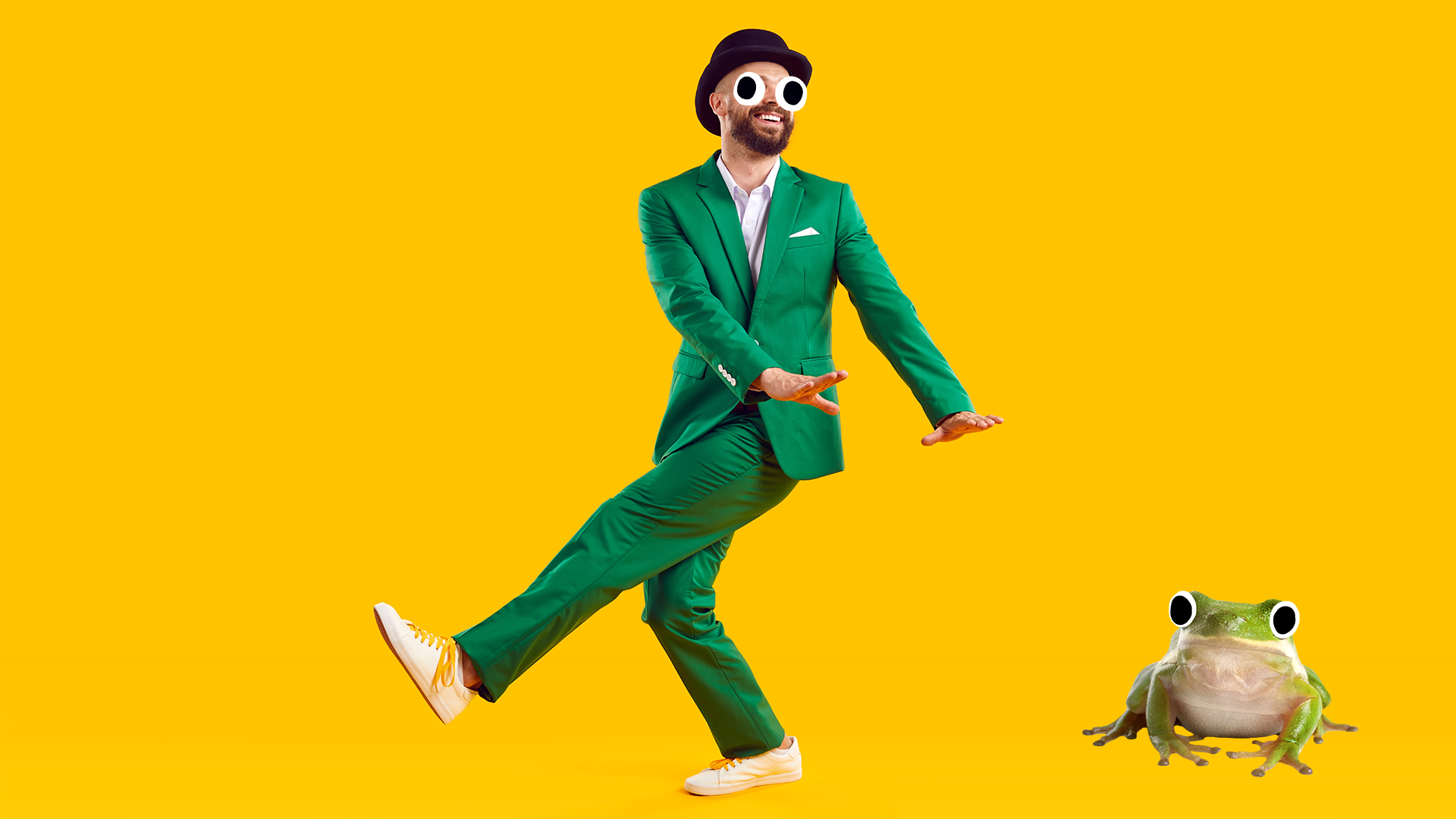
Interestingly enough, the colour originally associated with St. Patrick was actually blue, and you'll see it in older depictions of him! But green is a colour that has long been associated with Ireland. It's known as the Emerald Isle because of its beautiful rolling hills and dense forests, which stay green because of Ireland's rainy climate! Therefore, on St. Patrick's Day, expect to see green everywhere you go! Revellers dress in green, and apparently there's a folk legend behind this! It is said that if you don't wear green on St. Patrick's Day, you'll be pinched by leprechauns! Wearing green makes you invisible to them, and they'll leave you alone. The colour green actually has a long history of being associated with fairies and other mythical beings, like the Pagan figure of the Green Man. Green is also associated with spring, so it's symbolic of new life and rebirth - an appropriate colour to wear in March! Maybe the Pagan celebrations of pre-St. Patrick Ireland live on?
9. Chicago goes all out!
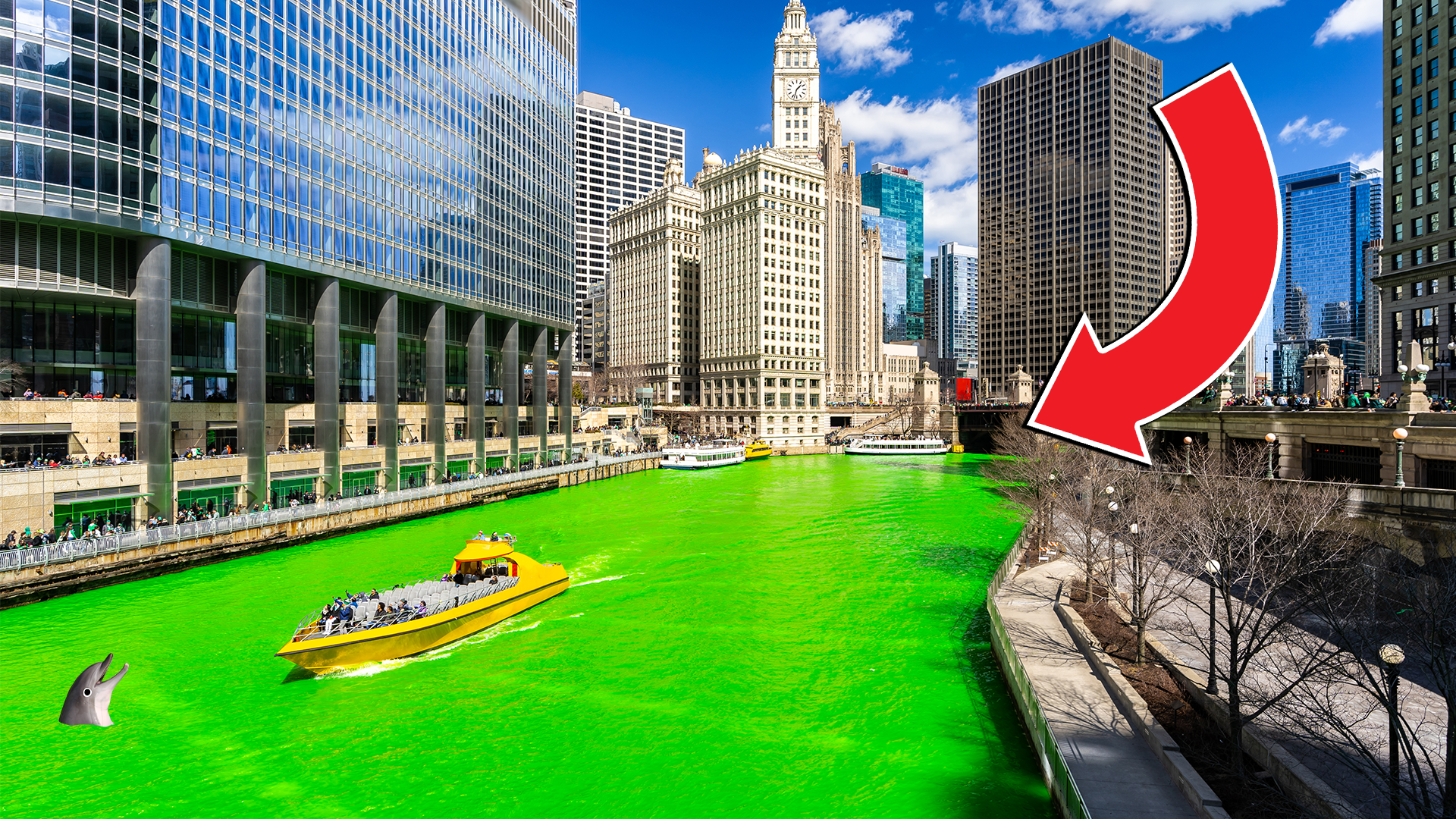
When we said that you'll see green everywhere, we really meant it! The city of Chicago, in the state of Illinois, has the fourth largest Irish population in the US. It's only fitting that the city show its appreciation in a big way - and so every year, the Chicago River is dyed bright green! This has been a tradition since the 1960s, though the dye recipe has been changed over the years to be more environmentally friendly. Environmental group Friends of the River Chicago aren't big fans, saying that the river shouldn't be treated like a decoration. What do you think?







